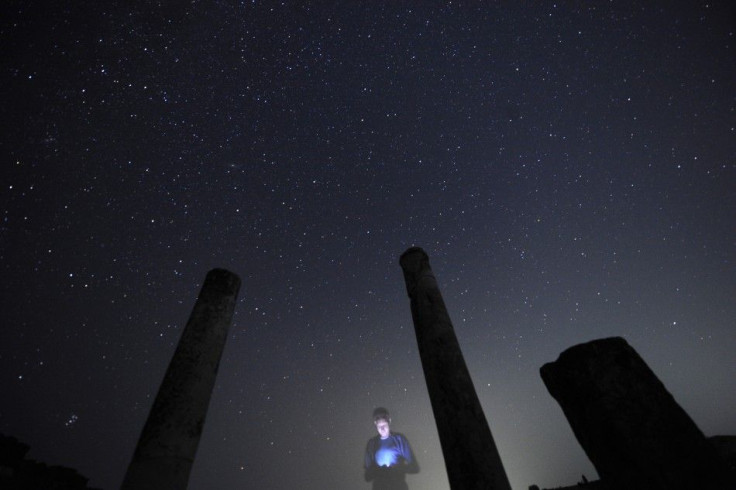2014 Ursids: How And When To Best View Year's 'Strangest’ And Last Meteor Shower Plus Where To Watch Online Via Live Stream

Before bidding goodbye to the year 2014, December sky is going to offer a delightful experience to the astronomy enthusiasts. Skywatchers will have a chance to witness this year's final meteor shower, Ursids. The shooting star event will peak on Dec. 22 and 23.
Sea and Sky's Astronomy Reference guide describes Ursids Meteor shower as a "minor" one. It isn't going to be as thrilling as Geminids meteor shower. Nonetheless, falling stars will illuminate the December sky. According to the aforementioned astronomy website, the meteor shower produces 5-10 meteors every hour.
The meteor shower is said to be associated with comet Tuttle, which was first found in 1790 according to the website. As noted, the event reaches its peak in the evening hours of Dec. 22 and early hours of Dec. 23. Also, the astronomical event coincides with December's New Moon and winter solstice. Thus in the absence of moonlight, this year is said to be "best" for observing Ursids.
Earth Sky notes the meteor shower originates from constellation Ursa Minor/ Little Dipper and the event was first observed around the start of the 20th century. It is reported that the shower will be more visible in northern latitude in Northern Hemisphere. The radiant point of the Ursids is "Little Dipper asterism in the northern sky." To make the best of this opportunity and enjoy 2014's final meteor shower, the website suggests choosing a country location and "camping out." The location should be far from city lights. Not to forget, skygazers must be well equipped to stay warm during the night.
NASA describes Ursids as "low-key meteor shower." The website notes that the even though Little Dipper is going to be the radiant point, but the shooting stars will be visible "through the entire sky." The website recommends getting to "a dark spot" with some blankets and lounge chair for the best view of Ursids meteor shower.
The meteor shower can also be witnessed online via live stream. Slooh.com will commence the show on Dec. 22, 2014 at 5:00 PST and 8:00 pm EST. According to Slooh astronomer Bob Berman (via Express UK), the Ursids is the "strangest" meteor shower. "It's the only one where the shooting stars seem to radiate from very near Polaris, the North Star," explains Berman. The astronomer informs that it sees "slowest-moving meteors" appearing "once every six to twelve minutes."




















